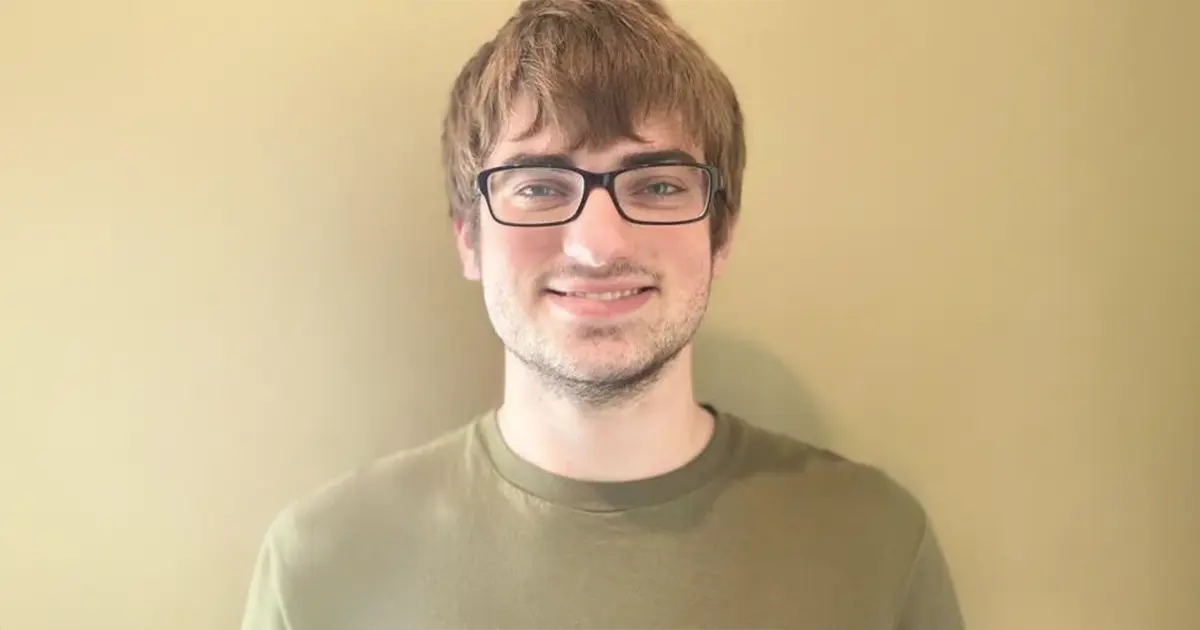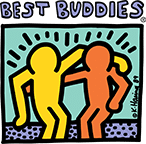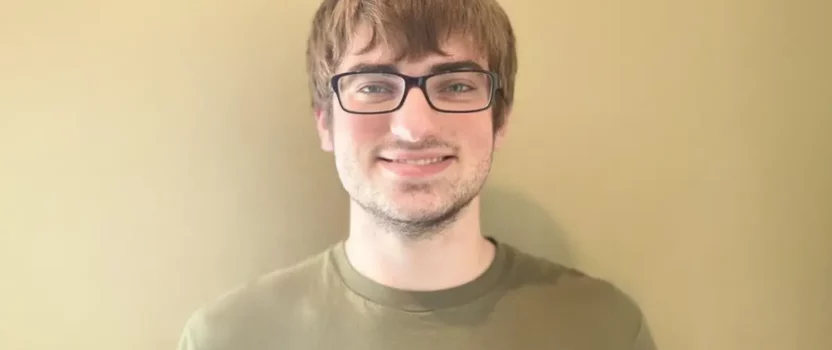Supporting Individuals with “Invisible” Disabilities

Best Buddies CA State Ambassador Ben Haworth sheds light on the impact his “invisible disability” had on his school experience and articulates insights he wishes to convey to both educators and peers.
“What is an “invisible” or “hidden” disability? While some disabilities are more apparent or instantly visible, such as an individual who depends on a wheelchair, others are not. The term “invisible disabilities” refers to anyone that struggles with unseen symptoms. These can include anything from depression and bi-polar disorder to ADHD and autism spectrum disorder. As a neurodivergent individual with autism spectrum disorder who is also 2e or twice exceptional, I too have a non-visible disability that I live with every day. As a result, my personal and academic journey has not always been easy.
Unfortunately, society tends to be less accepting of those who deviate from the norm, both within and outside of academia. For example, students with learning differences or ADHD may need extra time for exams or testing. Many times, students will be embarrassed to use these accommodations in front of their peers. They fear, with good reason, that friends may judge them.
Sadly, this is more the norm than not. Neurodivergent students like myself experience discrimination in school settings simply based on their diagnosis and oftentimes will not pursue a postsecondary education as a result.
This idea was reinforced to me in kindergarten when I overheard my teacher tell my mother that due to my autism, it was clear that I, “didn’t want to be there or learn.” Her sentiments could not have been further from the truth. What my teacher did not understand was that I had experienced sensory overload in a small, impacted kindergarten classroom of thirty-five children. On the outside, I looked like a regular little boy, but inside I was completely overwhelmed. My approaches to learning have always differed from my peers, but even from a young age, I have been driven to attain higher knowledge.
At the beginning of my freshman year of high school, I was faced with another significant obstacle: I had been diagnosed with a learning difference that came with extended time accommodations for testing.
At first, I was self-conscious using my accommodations but eventually realized that they would help me succeed. Despite this, I still carried the stigma of an invisible disability around campus. Students approached me after a particularly difficult exam and said, “If I had extra time on that test, I would’ve gotten an A too.” A teacher once shared with me that I “looked” fine and “didn’t seem to need” the extra time. This was not only discrimination, but it left me with the feeling that I had made up my neurodiversity and used it as an excuse to score better on a test and get ahead. None of it felt good. I needed to do something for others like me.
Alchemizing my discomfort into newfound confidence, I began to dedicate my time to Best Buddies and eventually became a Best Buddies California State Ambassador. Through Best Buddies Youth Leadership Council, I write monthly newsletter articles called Ben’s Corner, and share my unique perspective as a neurodivergent high school student in hopes of helping others embrace their learning differences.
Through Best Buddies, I hope to reach out to a wide range of communities about the complex issues impacting students with invisible disabilities, and how society can create a more supportive and inclusive environment for individuals that are different but not less.
“Invisible” mental health disabilities are just as debilitating and real as physical disabilities. While they might not always be instantly noticeable, by understanding the challenges of others, we can support, not criticize much needed accommodations, and diminish the stigma associated with disabilities in general. We owe it to the future generations of students who have a desire to learn, even if they learn differently.”


